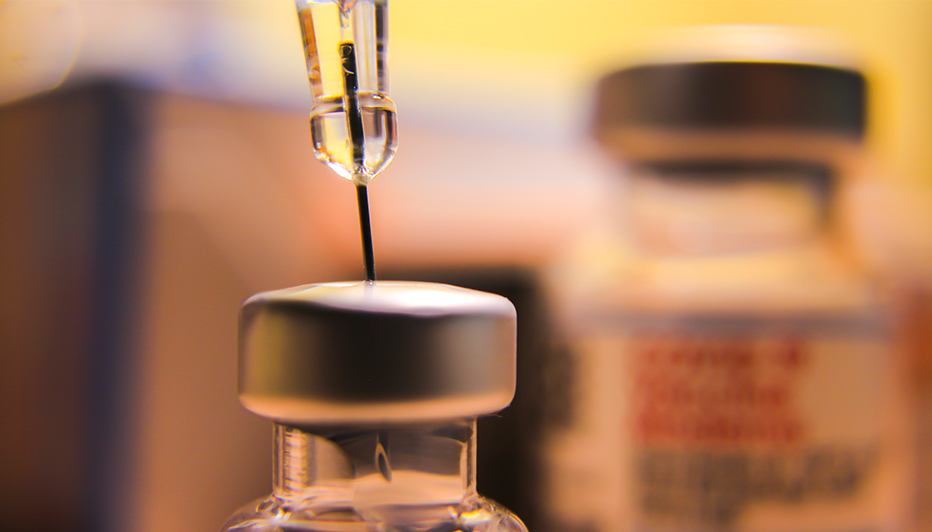By Manasa Chillara, doctoral candidate in chemical and biological engineering
Do you remember the movie Contagion, where a virus takes over the world? I watched it in high school and I remember thinking to myself that it could only happen in a movie. Little did I know that life was about to show us that reality can surpass even the wildest of movie plots.
The COVID-19 pandemic brought unprecedented challenges and changes to the world, especially our health care system. But as history has shown us, the toughest of times often lead to the greatest innovations, and COVID-19 was no exception. It led to the development of revolutionary mRNA vaccines.
These vaccines consist of mRNA molecules that are encased in lipid nanoparticles, which are essentially tiny balls of fat that protect mRNA and help it enter cells. Once an mRNA molecule enters a cell, it produces a protein like the spike protein in the COVID-19 vaccine that then elicits an immune response in our bodies. With dramatic effectiveness and scalability, mRNA vaccines are poised to become a pivotal element in the future of medical treatments.
However, they come with one major drawback. Their stability is extremely poor, like an ice cream cone on a hot sunny day, only 100 times worse. They require ultra-low temperatures in the range of -60 to -25 degrees Celsius for their storage and distribution, which is a bit of a logistical nightmare, especially in remote areas with poor infrastructure.
We set out to overcome this challenge with the ultimate goal of developing an mRNA vaccine that is stable at higher temperatures. We started by investigating the impact of different lipid nanoparticles on the stability of multiple mRNA molecules.
To do this, we synthesized three types of mRNA. Think of them as ice creams with different flavors. We then encapsulated each mRNA in two types of lipid nanoparticles, like putting the ice cream in either cones or cups. By evaluating several physical and functional parameters, we observed that one lipid nanoparticle outperformed the other, irrespective of the type of mRNA.
Once we figured out the best encasing for our mRNA, we wanted to see if we could further improve the stability of these particles. Previous studies have shown that lyophilization, a fancy term for freeze-drying, helps stabilize substances. So, we freeze-dried our samples. We observed that adding a sugar called trehalose to our samples before freeze-drying helped preserve their structure, thereby improving their stability. As it turns out, sugar always makes things better.
We then incubated our samples at 4 degrees Celsius for over a week, and then we observed that the freeze-dried samples performed much better than the others. With our results so far, we’re all set to break the ice and enhance the stability and global accessibility of mRNA vaccines, paving the way for a healthier and better future.
The content of this post, which has been edited for clarity, was originally part of RPI’s Three Minute Thesis Competition, which challenges doctoral students to effectively explain their research to a general audience in three minutes.




